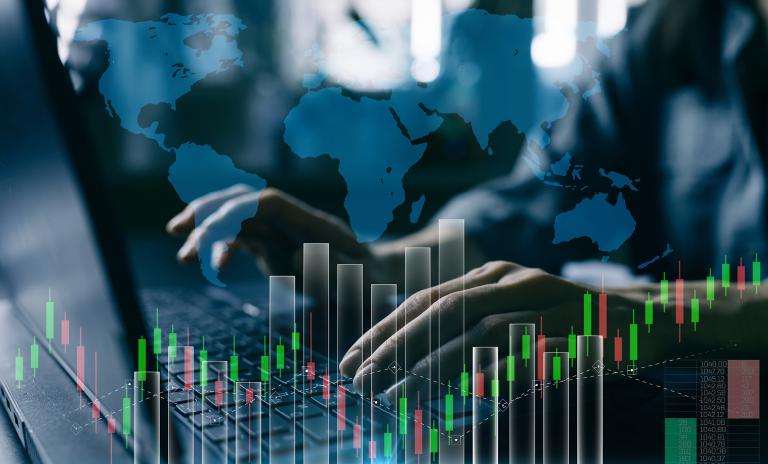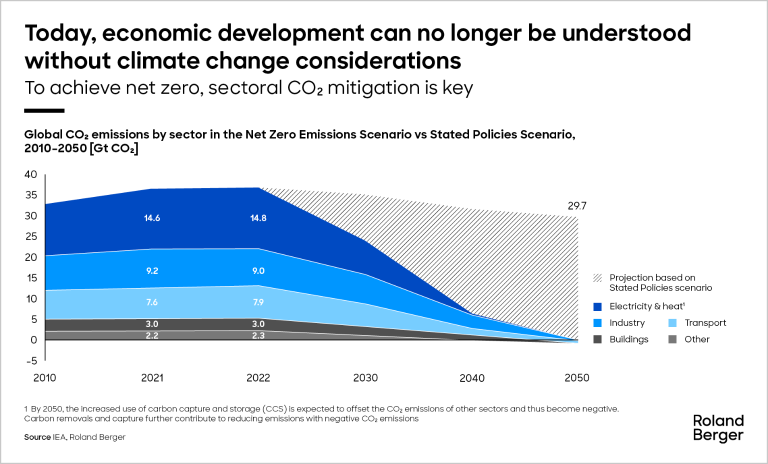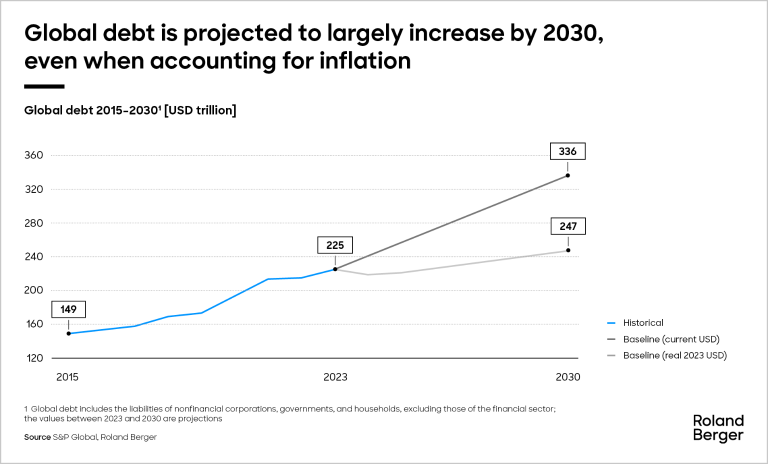The Roland Berger Trend Compendium 2050 covers six megatrends shaping the world between now and 2050...
Roland Berger Trend Compendium 2050: Economics and Business

The Roland Berger Trend Compendium 2050 covers six megatrends shaping the world between now and 2050.




_image_caption_none.png)







